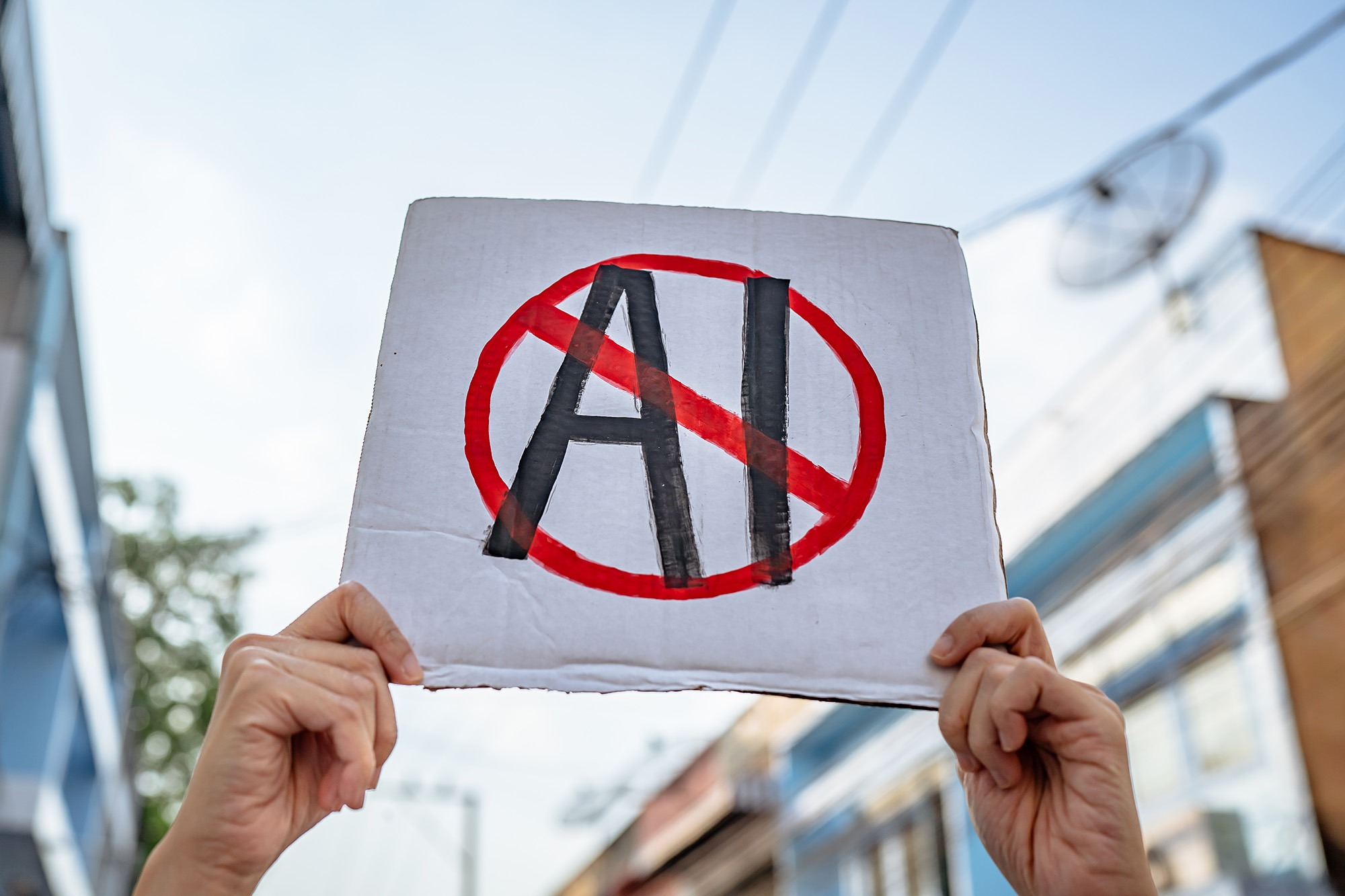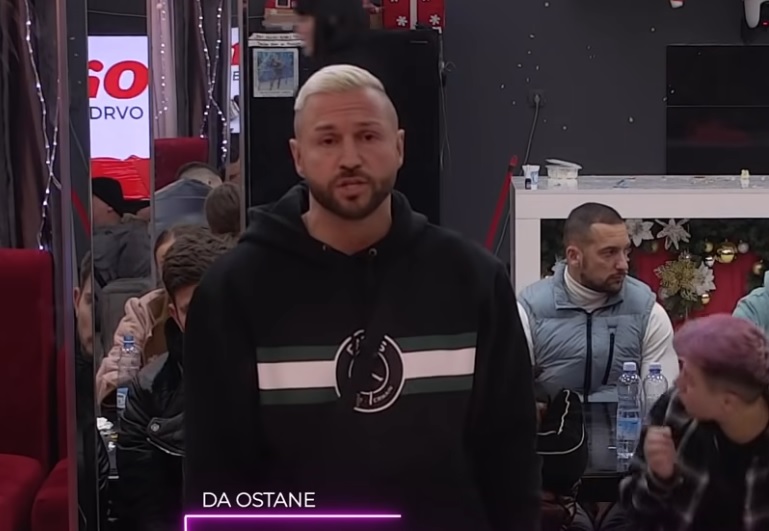In May 2020, the European Commission presented the Farm-to-Fork Strategy, the European Union’s flagship initiative for a more sustainable, healthy and fair food system. The strategy combines almost 30 regulatory and non-regulatory initiatives to enable sustainable food production, promote sustainable food consumption, stimulate sustainable food processing and food service practices, and reduce food loss and waste.
The first deliverables of the Farm to Fork strategy have already entered into force, such as the EU Code of Conduct on Responsible Food Business and Marketing Practices, which was published on 5 July 2021, and the action plan for the development of organic production presented last year. Two months ago, the Commission adopted a Communication on a contingency plan for ensuring food supply and food security in times of crisis, which marks a further step towards the implementation of the strategy.
Many others are expected over the next few years. One of the most compelling is a Commission proposal to revise EU rules on front-of-pack labelling by the end of 2022.
Nutrition labelling has been mandatory on all pre-packaged foods since 13 December 2016 (EU Regulation 1169/2011 of 25 October 2011 on the provision of food information to consumers). However, the way in which nutrition information is presented on the front-of-pack is not harmonised by European law. This information is simply provided voluntarily by food business operators.
However when drafting the abovementioned Regulation, co-legislators agreed that, in the absence of a front-of-pack nutrition labelling system that is understandable and acceptable to all EU consumers, member states and food business operators should be able to develop their own systems, tailored to their consumers. The aim was to gather experiences on how the various systems worked and to decide at a later date upon which was the most appropriate.
That time has come: the Commission is moving towards introducing mandatory front-of-pack nutrition information via a revision of Regulation 1169/2011.
There are currently several types of front-of-pack labels used in the European Union. These can be divided into four main categories: numerical labels, colour-coded labels, graded indicators and endorsement logos. For instance, Denmark has been using the keyhole logo since 2009, France, Belgium, Germany, Luxembourg and Spain have all progressively adopted the Nutri-Score since 2016, and the Nutrinform Battery recently became the official system in Italy.
From these categories, the European Commission will select and propose a scheme as an unique mandatory system throughout the EU. In this regard, the EC published an impact assessment in 2020, followed by a public consultation on 13 December 2021 (open until 07 March 2022), where respondents can express their views and vote for their favourite scheme.
This has already created heated debates among industry sectors and member states. Each existing system has its own calculation methods, which benefit some products more than others: for instance, Parmigiano Reggiano and Parma ham producers in Italy and Roquefort producers in France consider themselves wronged by the Nutri-Score and object strongly to it. Under the Nutri-Score algorithm, products such as these would be classified D or E, while a good rating will be attributed to certain diet sodas as the Score does not take additives into account.
Another element of discord is the reference used, which can be per serving, per 100g of food (or 100 ml of liquid) or per reference intake, which would resonate differently with consumers.
The ongoing public consultation is the last opportunity to express official, written feedback before the Commission publishes its proposal. It remains to be seen what will be done with it: while public views and feedback expressed in public consultations are taken into consideration in the decision-making process, the Commission is not bound by them.
The mystery, therefore, remains. And France taking over the Presidency of the Council of the European Union could reshuffle some cards…
Katia Merten-Lentz is Partner and Founder of Food Law Science & Partners and a member of FoodNavigator’s Editorial Advisory Panel.
Note: This article have been indexed to our site. We do not claim legitimacy, ownership or copyright of any of the content above. To see the article at original source Click Here












